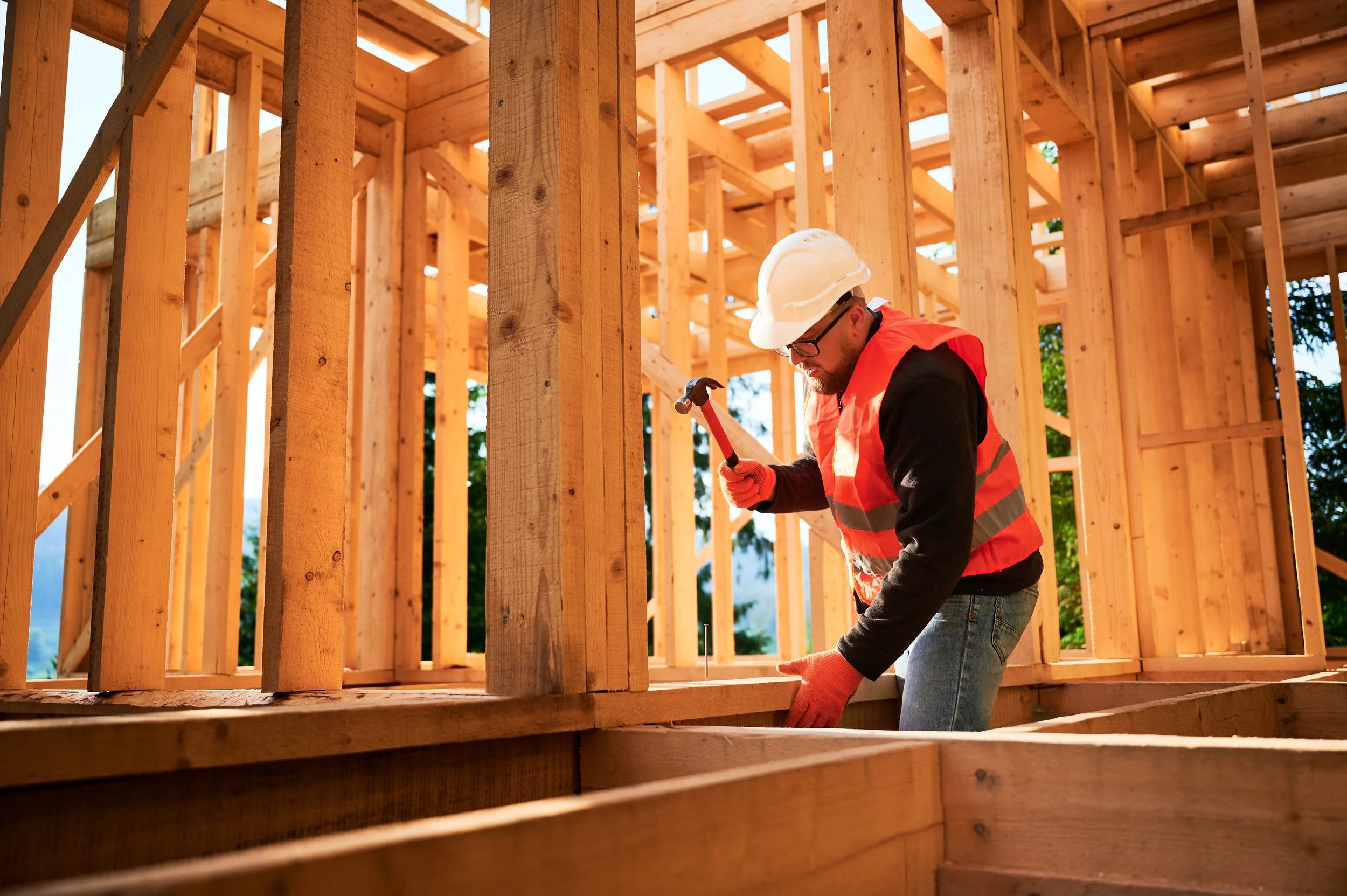What Are the Different Types of Carpenters?
Carpentry is a skilled profession that requires precision, creativity, and expertise. Every carpenter has their own unique skill set that sets them apart from the rest. Being familiar with the different types of carpenters can help you make better-informed decisions when choosing one to work on your project. This blog will explore the various kinds of carpenters and what makes them distinct. Get ready to nail down all there is to know about the different types of carpentry professionals!
Introduction to Carpentry
Carpentry is a skilled trade that involves working with wood. Carpenters use various tools to cut, shape, and assemble wood products. There are different types of carpenters, depending on the project if it is just home renovation or needs to frame a new construction home each with its own area of expertise.
Framers, who construct new construction homes; trim carpenters, who install molding, baseboards, and other decoration; cabinetmakers and furniture makers who build cabinets and furniture. There are also many specialized carpenters, such as those who make musical instruments or work on movie sets.
No matter what type of carpenter you are, you need to have good hand-eye coordination, be able to read blueprints and measurements and have excellent problem-solving skills. If you're interested in becoming a carpenter, many carpentry schools across the country can teach you the trade.
Common Types of Carpenters
Residential Carpenter
Residential Carpenter
As a residential or home renovation carpenter, you will be responsible for performing a variety of tasks to help construct, repair, and maintain homes and other structures. Your duties may include the following:
● Measuring and cutting lumber.
● Installing doors and windows.
● Constructing framing and trim work.
● Performing minor repairs.
In addition to your carpentry skills, you will need to be able to read blueprints and follow instructions from your supervisors.
Commercial Carpenter
Commercial Carpenter
There are many types of carpenters, but one type is the commercial carpenter. Commercial carpenters work on projects that are larger in scale than residential projects. They may work on office buildings, hotels, schools, or any other type of commercial structure. Commercial carpenters typically have more experience and training than residential carpenters.
Industrial Carpenter
Industrial carpenters are responsible for new construction homes, maintaining, and repairing structures in industrial settings. This can include factories, warehouses, and other large commercial buildings. Industrial carpenters must be able to read and interpret blueprints and schematics and have a strong understanding of physics and engineering principles. They must also be safety-conscious and able to follow strict guidelines and procedures.
Nautical or Marine Carpenter
The nautical or marine carpenter is responsible for constructing and maintaining wooden ships and boats. Their duties include:
● Shaping the hulls of vessels.
● Installing masts and rigging.
● Creating other wooden structures on board the ship.
Marine carpenters must be able to work in confined spaces and often have to climb rigging to complete their tasks. In addition to their carpentry skills, marine carpenters must also be familiar with the use of ropes, pulleys, and other nautical equipment.
Furniture Maker/Cabinetmaker
Furniture Carpentry
Different types of carpenters have different levels of experience and specialize in different areas. Some carpenters make cabinets, while others may install flooring or framing. Check out some of the most common types of carpenters:
● Cabinetmaker: A cabinetmaker is a carpenter who specializes in creating cabinets and other wooden furniture. Cabinetmakers use both hand and power tools to create their products.
Cabinet Maker
● Flooring installer: A flooring installer is a carpenter who installs new floors or repairs existing ones. Flooring installers use various tools, including hammers, saws, and measuring tapes.
Flooring Installer
● Framer: A framer is a carpenter specializing in creating frames for houses and other buildings. Framers use saws, hammers, and nails to create their products.
Framer
What is Required to be a Professional Carpenter?
To be a professional carpenter, one must have completed an apprenticeship program or have carpentry experience and training from a vocational school. Carpenter journeymen usually possess a wide range of skills, while carpenters working in a specific field will specialize in one or two areas. For example, residential carpenters may install baseboards, door frames, and molding, while commercial carpenters might specialize in metal stud framing or installing drywall.
Carpenters must be able to read blueprints and follow instructions. They use various hand tools and power tools to cut, shape and join wood, plastic, and metal. Carpentry is physically demanding, so carpenters must be in the good physical condition and able to lift heavy objects. They also need good hand-eye coordination to avoid injuries.
What Tools do Carpenters Need?
Carpenters typically use a variety of tools in their work, including hammers, screwdrivers, saws, and more. Some carpenters may specialize in a particular type of tool or material, such as concrete or metalwork. Others may specialize in a specific carpentry technique, such as framing or cabinetry.
No matter what their specialty, carpenters need a well-stocked toolbox to get the job done. Below is a list of some essential tools every carpenter should have on hand:
● Hammers: A good hammer is essential for any carpenter. Hammers are used for a variety of tasks, such as driving nails and striking chisels. Many different types of hammers are available, so it's essential to choose one that is appropriate for the task at hand.
● Screwdrivers: Screwdrivers are another versatile tool that every carpenter needs. They can be used to drive screws into wood or to loosen them when disassembling a project. Again, many different types of screwdrivers are available with various tip sizes and shape to suit different screws.
● Saws: Saws are used to cut wood to the desired shape and size. For example, hand saws are great for making quick cuts, while power saws can make precise cuts in thicker pieces of wood. Many types of saws are available, each designed for a specific kind of cutting.
Conclusion
We hope this article has supported you in better understanding the main types of carpentry and their key role in the building industry. Carpentry offers a creative outlet to those who want to bring something special into their lives and provides practical solutions to many everyday problems. If you are considering hiring a carpenter, you must know the available options!






